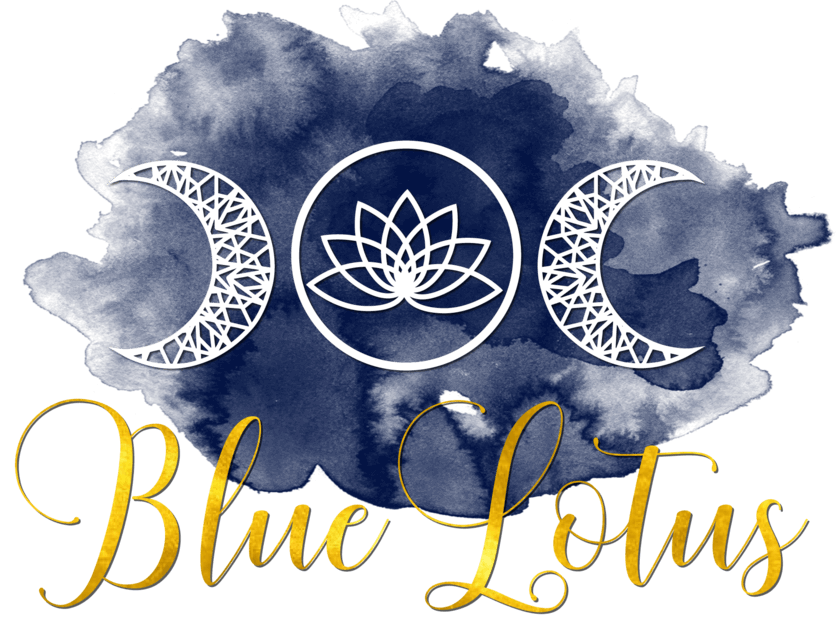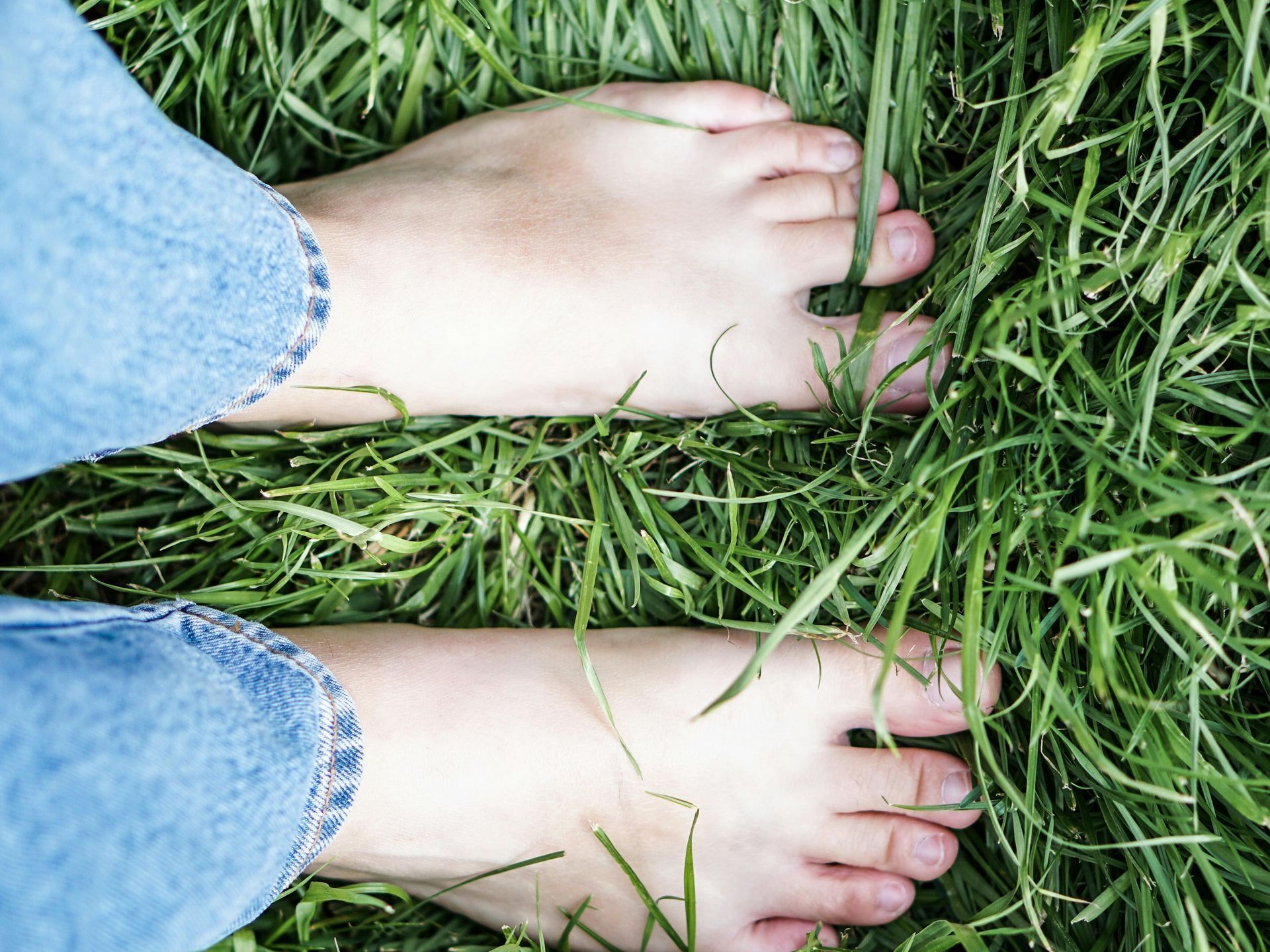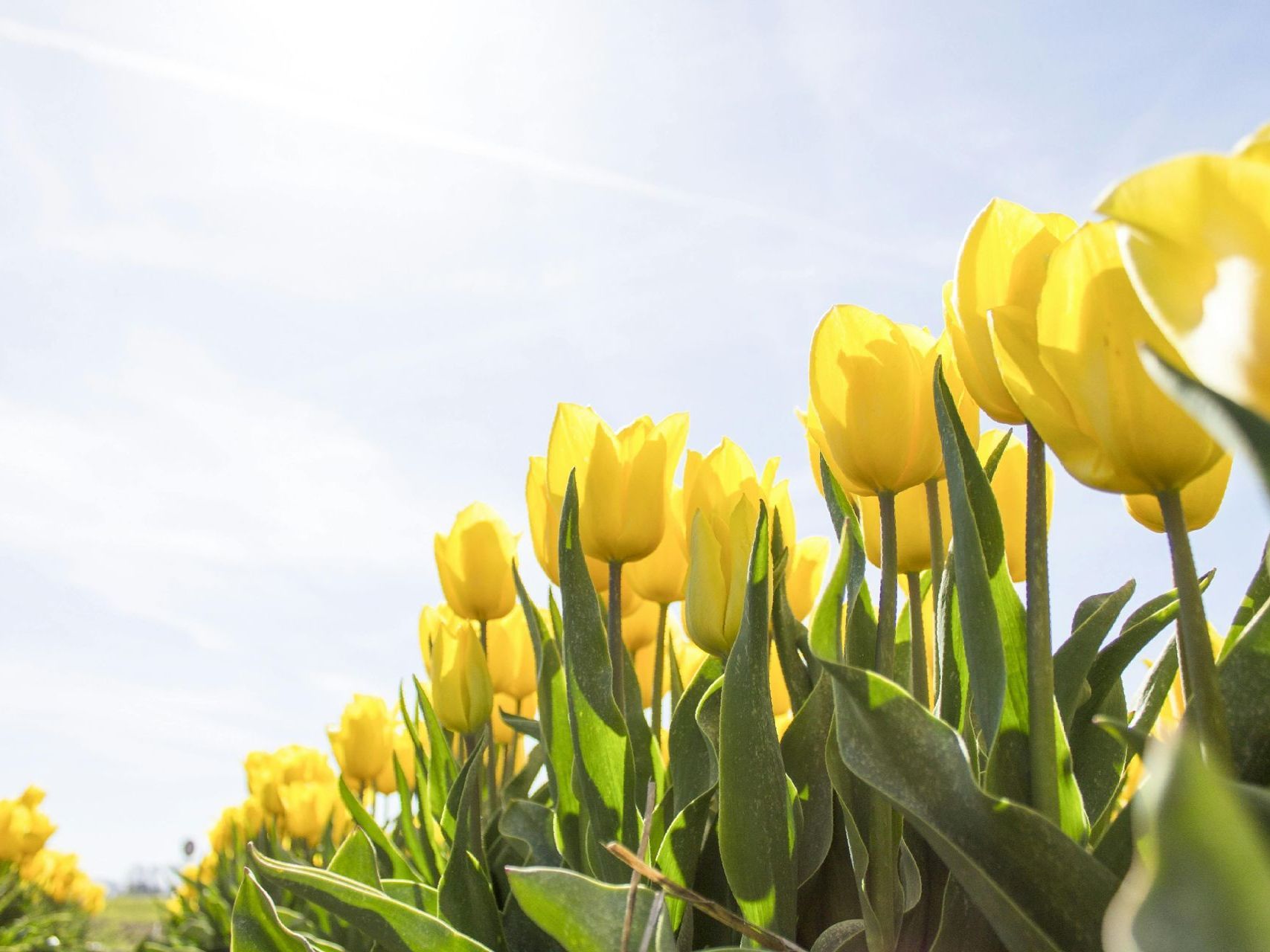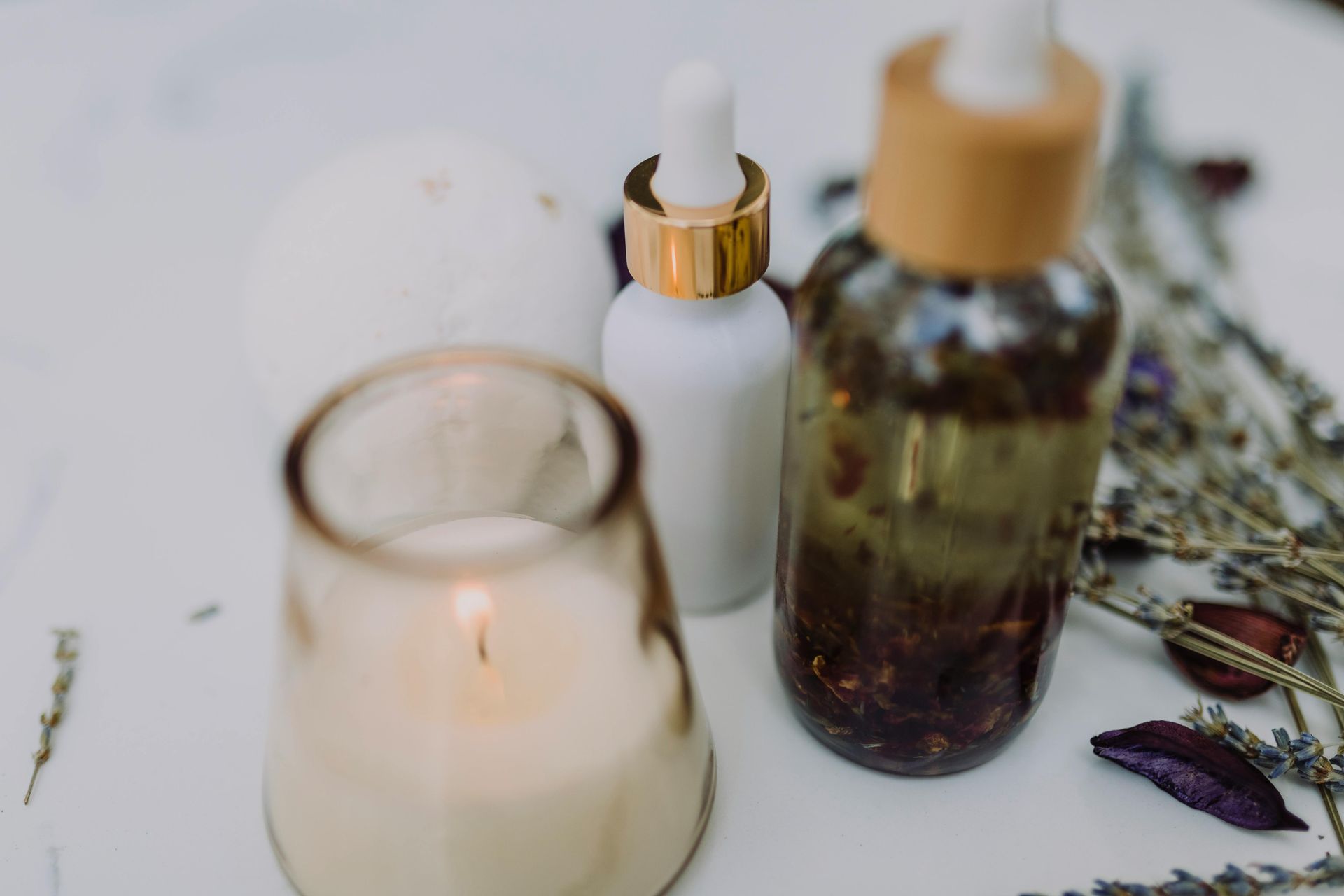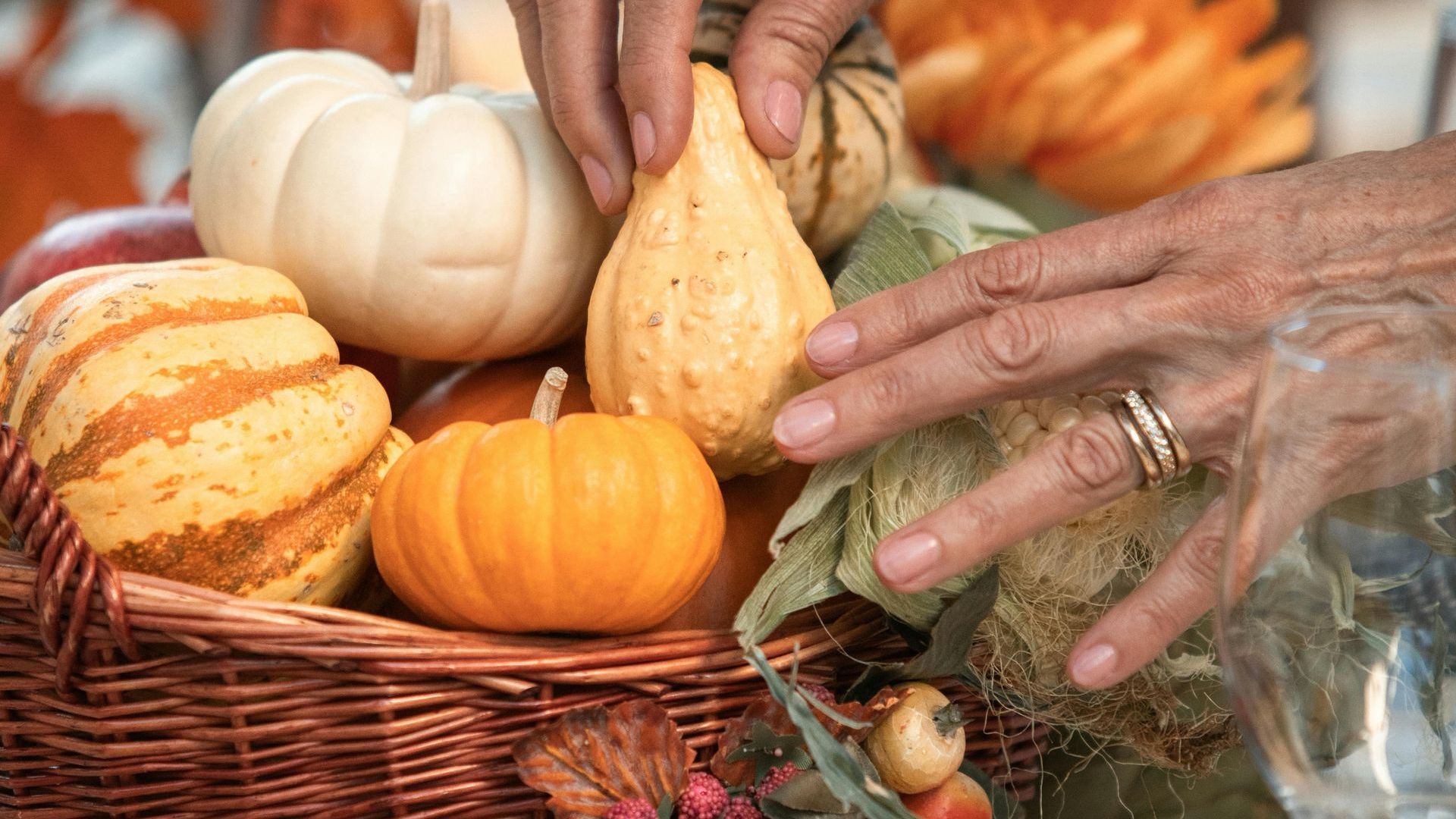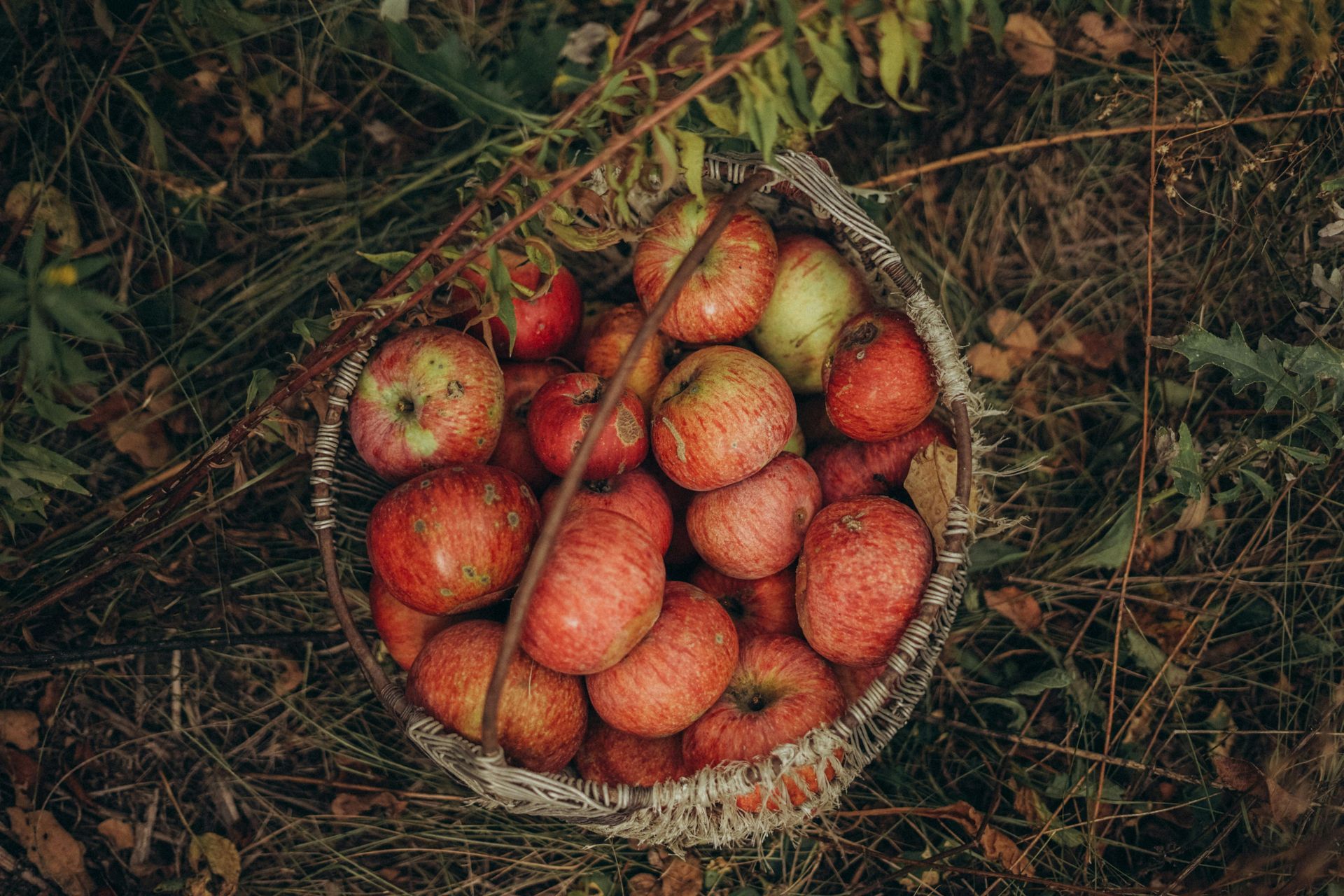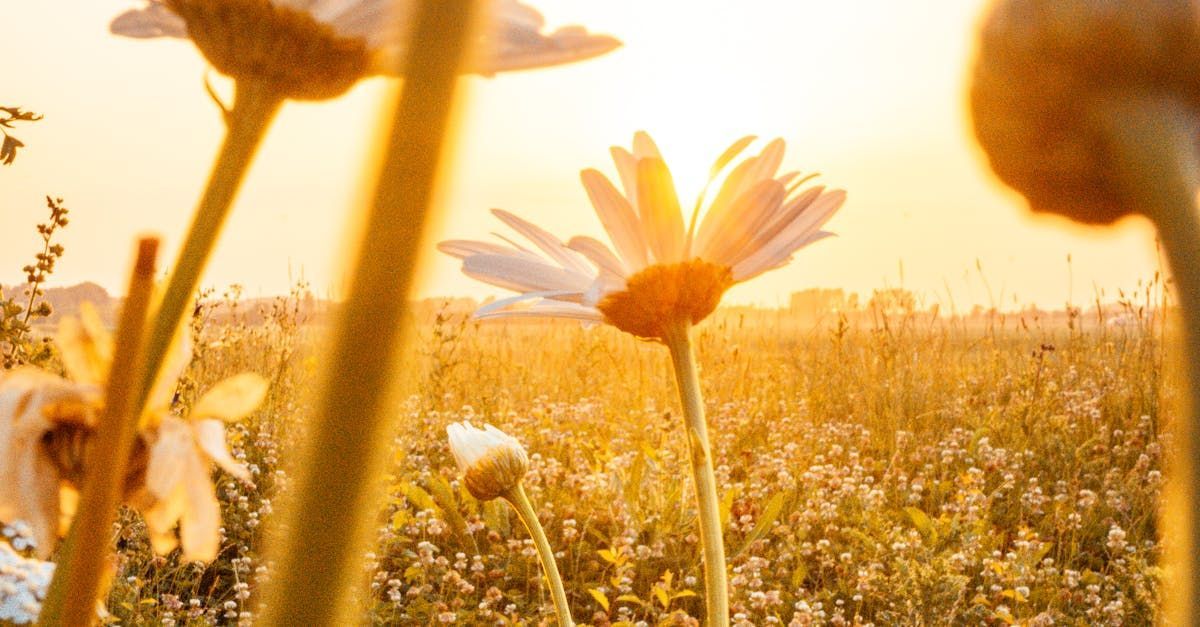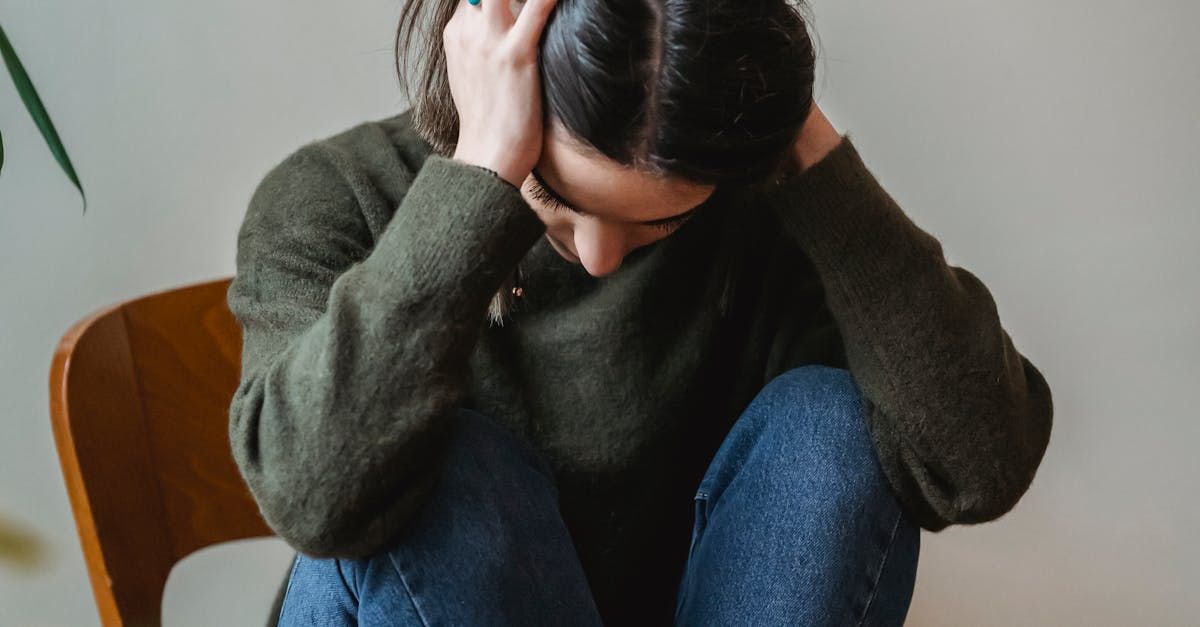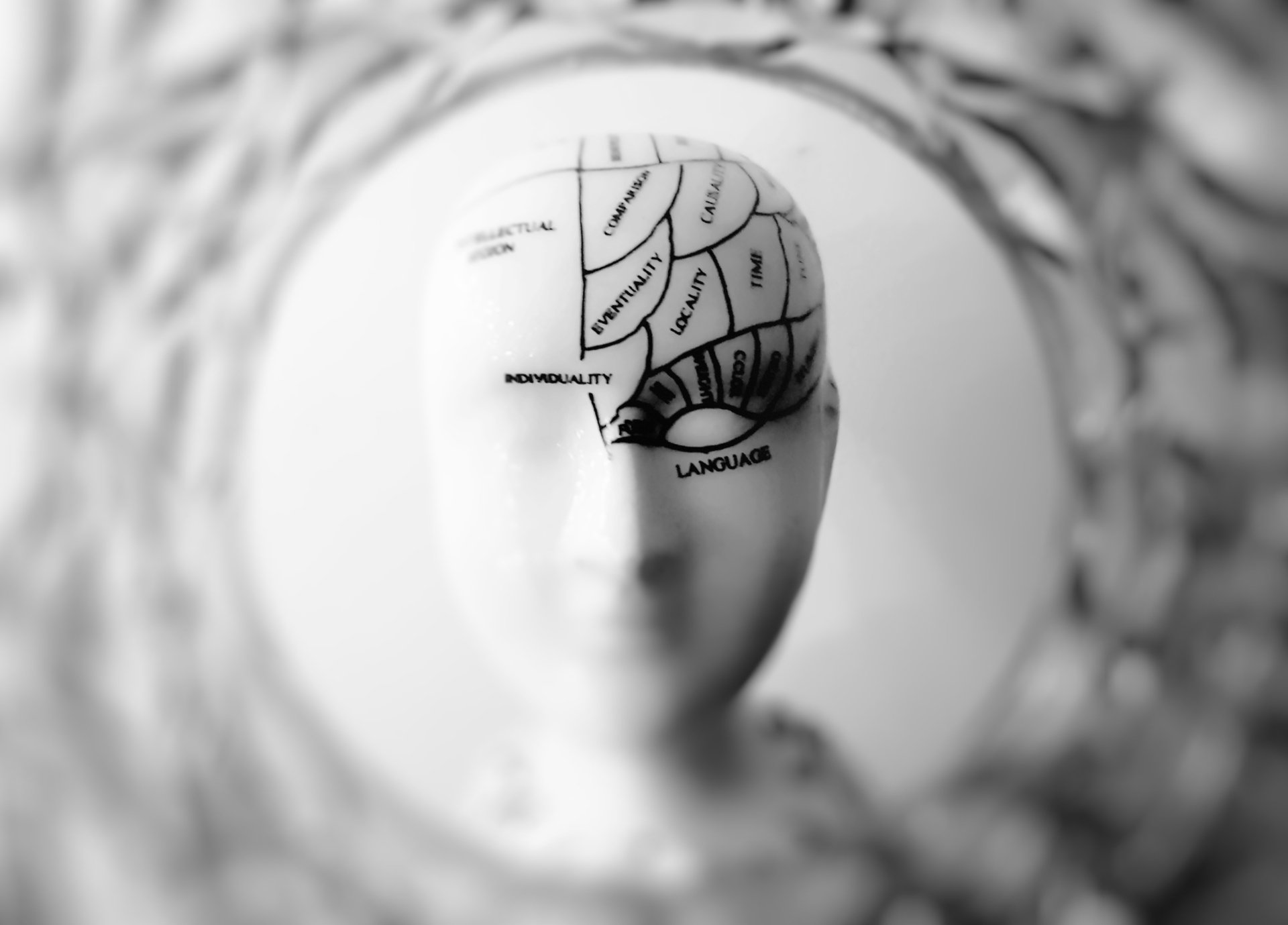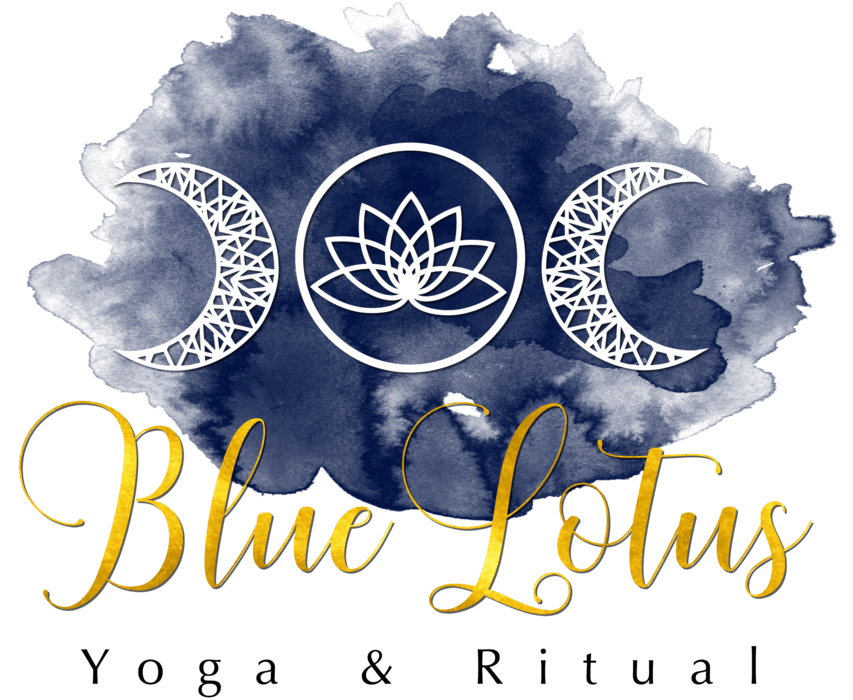The Art of Ritual
Marry the Sacred with the Mundane
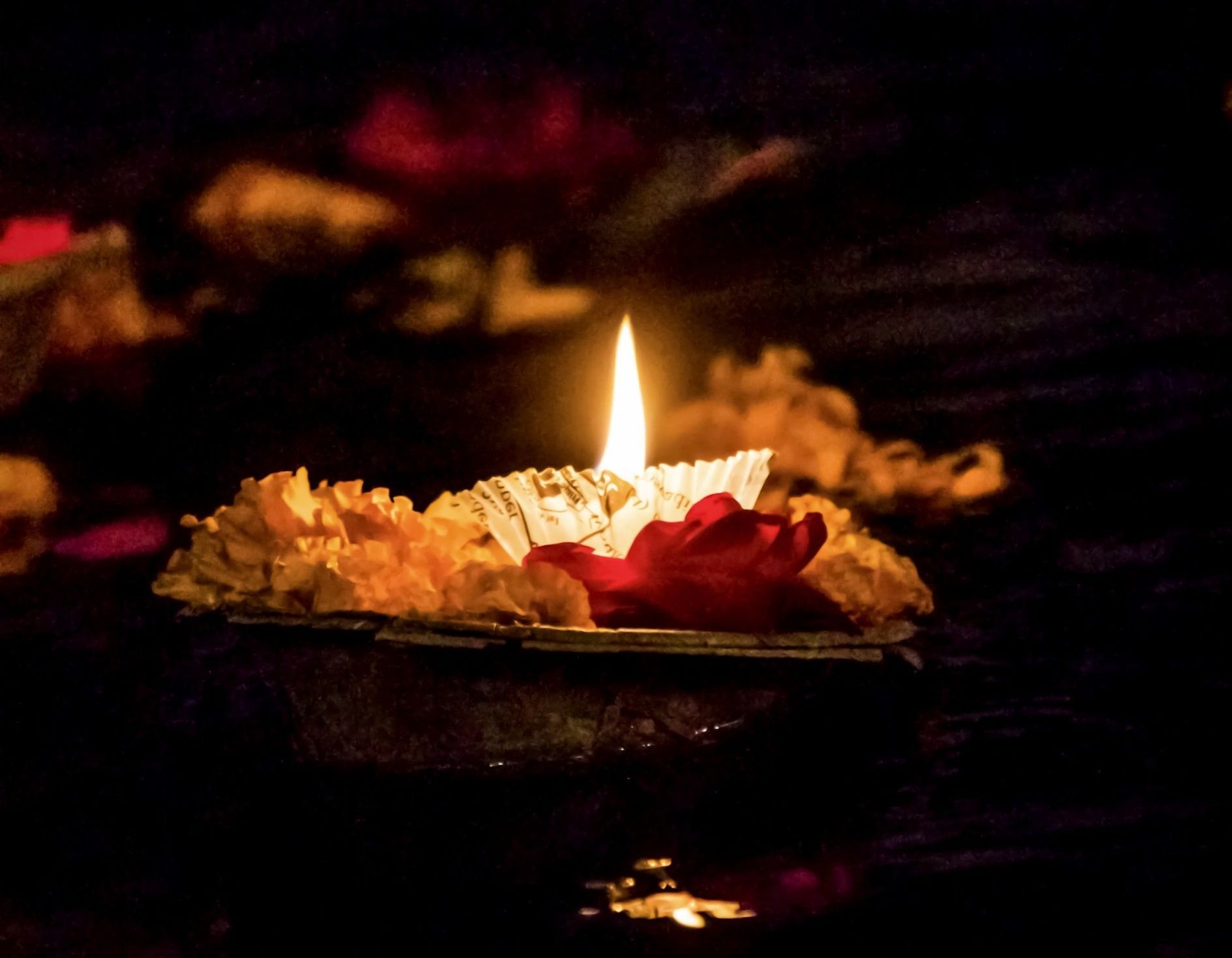
I have been immersed in the art of rituals for many years. It's a beautiful perspective on infusing meaning and mindfulness into our daily lives and teaches us how to transform mundane routines and make a significant difference in our overall well-being.
The emphasis on yoga principles, such as checking in with the layers of being (body, mind, emotions, and spirit) and setting intentions, aligns with the holistic approach to personal growth and self-awareness. When we learn to integrate moments of silence, meditation, and positive affirmations into our daily practices we can foster a deeper connection with ourselves and the world around us.
But what is the difference between routines and rituals?
For me it's the focus on attitude and engagement. Ritual reminds us that it's not just about the actions we perform but the mindset we bring to them. By cultivating a sense of celebration and purpose in our daily tasks, we can shift from a duty-driven mindset to one that sees life as a series of meaningful experiences. Routine can feel tedious, meaningless and simply plowing through a to-do list with minimal engagement.
The meaningless attitude can transform when we apply yoga teachings to everyday activities, such as using daily chores as opportunities for mindfulness and presence. It reinforces the idea that spirituality and mindfulness can be seamlessly integrated into our daily lives, regardless of our religious or spiritual background. Finding meaning in the little things can indeed motivate and inspire us to approach each day with a sense of purpose and fulfillment.
In essence, our perspective encourages us to marry the sacred with the mundane, turning the ordinary into the extraordinary through the lens of mindfulness and intention. The art of ritual becomes a wonderful invitation to embrace a more conscious and purposeful way of living.
For eon's rituals have been crafted around the earth based wheel of the year and the Winter Solstice, that is fast approaching, is an incredible time to immerse in the art of ritual.
These spiritual traditions that connect us to the rhythms of nature reflect a deep awareness of the importance of harmonising with the natural world. In the midst of the fast-paced modern lifestyle, many people indeed find solace and a sense of belonging by reconnecting with these ancient practices rooted in the earth.
The acknowledgment of the Winter Solstice as a significant time aligns with various cultural and religious traditions, underscoring the universal recognition of this celestial event. Christmas, Saturnalia, and Yuletide all illustrate how diverse cultures have found ways to celebrate and mark this moment in the natural cycle.
The Winter Solstice, being the shortest day of the year in the Northern Hemisphere, carries symbolic significance. It marks the return of longer days, the triumph of light over darkness, and the promise of renewal. This transition is an opportunity for introspection, renewal, and celebration and can serve as a powerful way to reconnect with the natural world, fostering a deeper understanding of our place within the broader web of life.
If you'd like to experience Ritual at this high holy day juncture do come join the Winter Solstice event:
https://www.bluelotusyoga.co.uk/workshops

